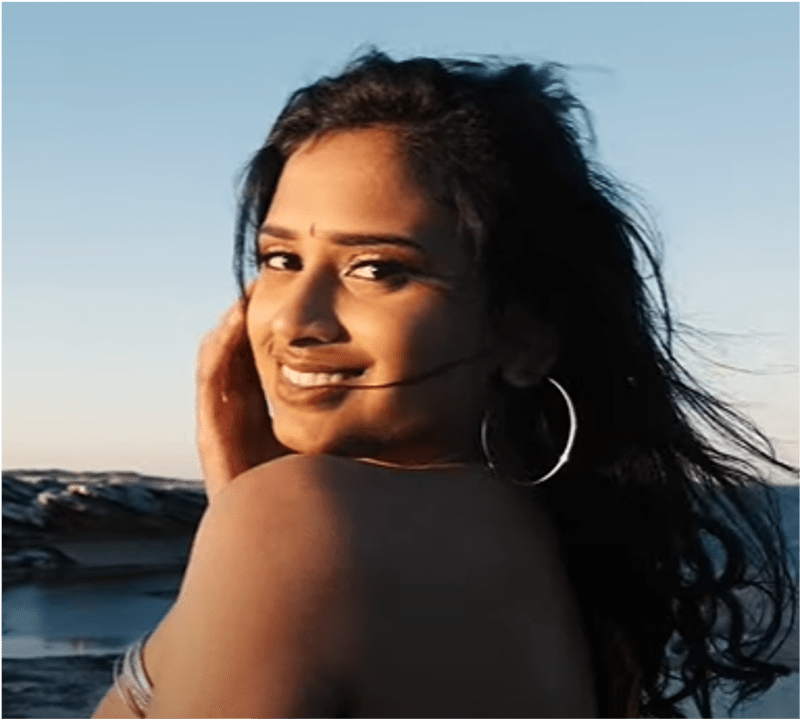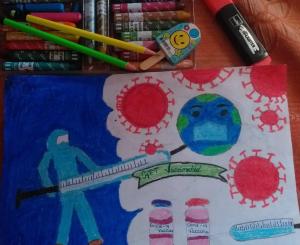Ramya – choreographer
Artistry/Passion

I am a Tamil woman who grew up learning, listening and dancing to Tamil music. In fact Tamil music was the only genre and language of music I listened to well into my teens, despite growing up in Australia. As a result, my creativity and artistry in dance was formed by this deep connection I had developed with Tamil music and art over time. In particular, I grew very fond of a dance form known as “Kuthu”. Kuthu is a Tamil folk dance form that has evolved through the ages, with a specific focus on storytelling. Kuthu is performed to raw and earthy percussion beats, and is a dance form that isn’t formally taught in classes. Over time, I came to understand Kuthu’s importance and significance in Tamil society.
An impressive number of dance forms exist across India, ranging from the more well-known classical forms, such as Bharathanatyam and Kathak, and filmy dance-styles such as Bollywood. Bharathanatyam is a dance form that also originates from Tamil Nadu, and holds the same regard and stature in Tamil society to what Ballet does in Western society. However, Bharathanatyam is not always accessible to everyone – whether that be because of casteism(that continues to exist in Indian communities in and outside of India), classism/discrimination, or because people are unable to afford classes. In contrast, Kuthu is a dance form that is accessible to anyone, despite your caste or your social status. Whilst there is a tokenistic engagement with Kuthu in Tamil movies, I don’t believe that it is respected as a legitimate dance form. This is what ignites my passion to continue to dance Kuthu, to educate others about it and to establish it as an important and legitimate dance within in the Indian and wider dance communities.
Vision for Thai Masaam/other dance videos
Most of the dances I choreograph and teach are motivated by my interest in exploring Kuthu in different forms (sometimes partnered with other forms of dance, such as Hip Hop, or even other song types). Thai Maasam however, is my route back to what I consider to be more “classic” Kuthu, after having tried various fusions. This kuthu dance video really embodies the true elements of Kuthu, showcasing it in a very traditional form. From the music, to the landscape and the clothing, it really showcases the Kuthu music and dance I grew up watching and learning from.
What does cultural diversity mean to you?
Cultural diversity is defined by representation, appreciation and most importantly, the acknowledgement of different cultures. It is important to understand there are nuances that exist within different cultures. This is why Kuthu is so important to me. I want to represent and bring awareness to an incredibly beautiful and fun dance form that is underrepresented in Western culture (sometimes, even Indian culture).











